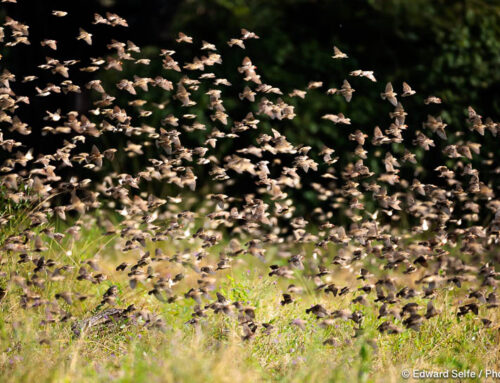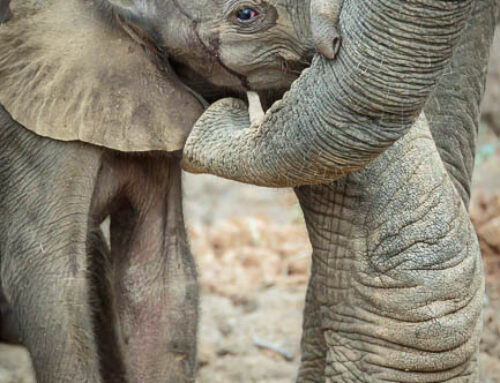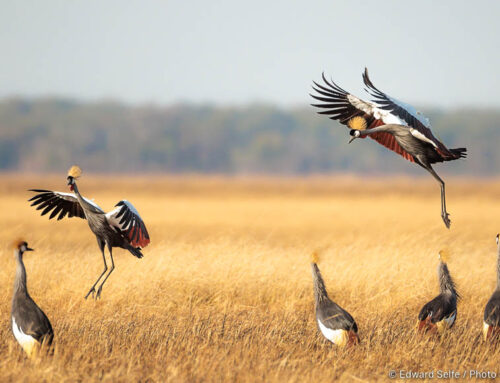She wasn’t the first leopard that I saw. That was an old female near the Katete river. But she was certainly the one I saw best, most and in a wonderful way. Alice, as she has been known to guides and visitors to the South Luangwa National Park, was an incredible character, a leopard who defied the textbooks. Unfazed by people, content to be observed, often found hunting by day, she gave me a window into the world of these most beautiful of creatures for which I will be forever grateful.
It’s perhaps also not too much to say that she taught me how to track and find leopards. It’s not easy, but the bush gives many signs if you know how to look for them. However, very often with leopards, you read the signs, get close and then the cat melts into a patch of scrub the size of a cooking pot, leaving you with just a sense of the beauty that you missed.
Not so with Alice, who would continue to go about her business treating onlookers simply as an irritation that had to be handled, much like pesky monkeys that betray her hunting position, or elephants that ‘bump’ her from her shady resting place. Occasionally, she was even known to use the noise of a guide repositioning his vehicle to mask her approach to a herd of antelope, or even hide behind the moving vehicle itself.
The first time I saw her was on my birthday. We had gone out in the bush early and had stopped near the river in an area, that I later learned, was the core of her hunting area. Distant monkeys, outraged by the sight of Alice in the open, led us to her as she hauled a freshly-killed impala carcass out of a drainage gully and towards the thickets along the edge of the pan. I have since seen this behaviour many, many times, but I will not forget the first time I was present when one creature’s life is given over to the perpetuation of another’s.
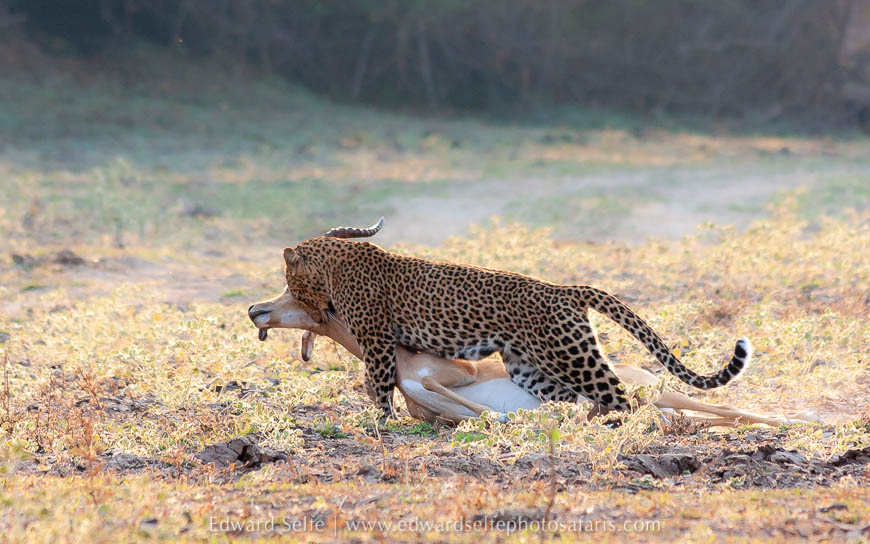
The next time I saw her, she was up in a tree, that classic leopard behaviour that separates them from most other cats. She was snoozing, occasionally opening her eyes and glancing around to check her surroundings. I was captivated by her, framed as she was by the fresh sausage tree leaves.
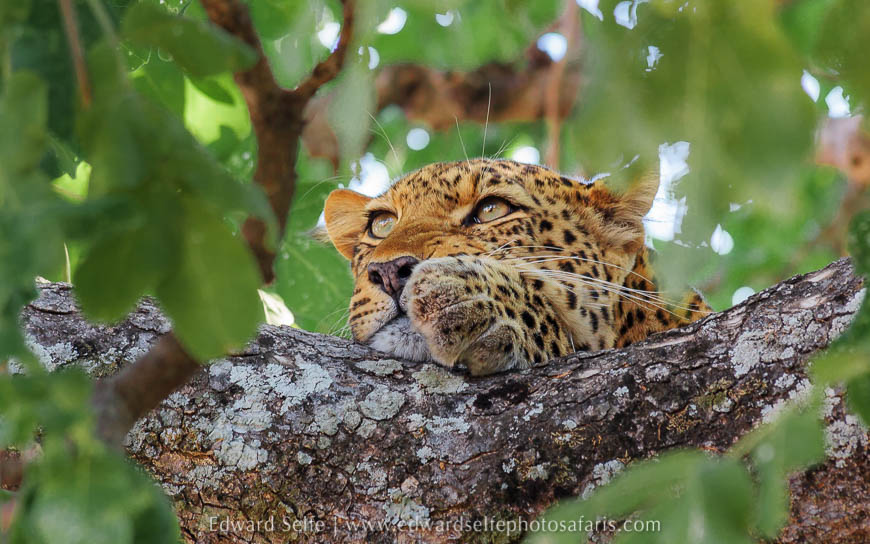
Over the next couple of years, I saw her regularly and used her as my reference to start identifying other leopards in the area. First question: is it Alice? If not, who might it be? Of course, I soon learned Alice’s favourite haunts, the gullies where she liked to hunt and the tell-tale signs that she was around. One memorable day, I was given a lesson in patience. I found her late one morning, stalking a herd of impala near the road. She was close — less than 50m from them — and I thought I was in with a chance of watching a hunt from start to finish. Turns out 50m is a long way for a leopard in daylight, and way outside the 8-10m strike range from which they will attempt an attack. Over the next 2 hours, she took 4 very careful steps forward, maintaining her leopard crawl pose….and then reversed 3 steps as she felt she was too exposed! It should be said that one has the patience of a leopard, rather than a saint!
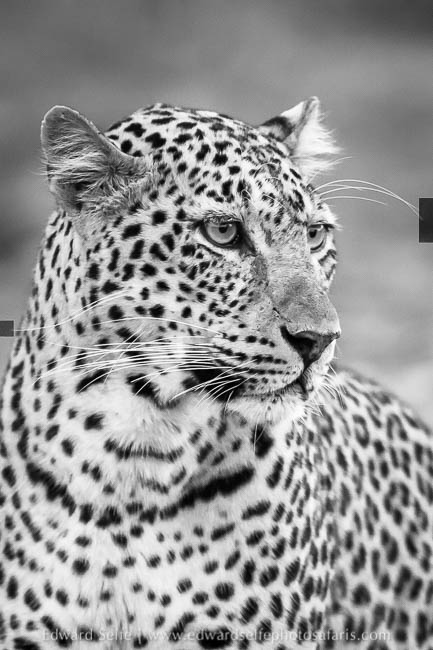
In 2012, Alice had cubs. Almost certainly not her first litter as she was already a mature leopard when I met her in 2009, but my first encounter with leopard cubs of any type. There was a male and a female whom the local guides named David and Lucy. Immediately it was clear that they had very different personalities; the female was more timid, but always the protagonist in bouts of play between the two, and the male was bold, headstrong and regularly getting himself into trouble! Alice provided for them and they grew fast and strong. It is testament to her as a mother that both cubs survived and are still seen regularly today.
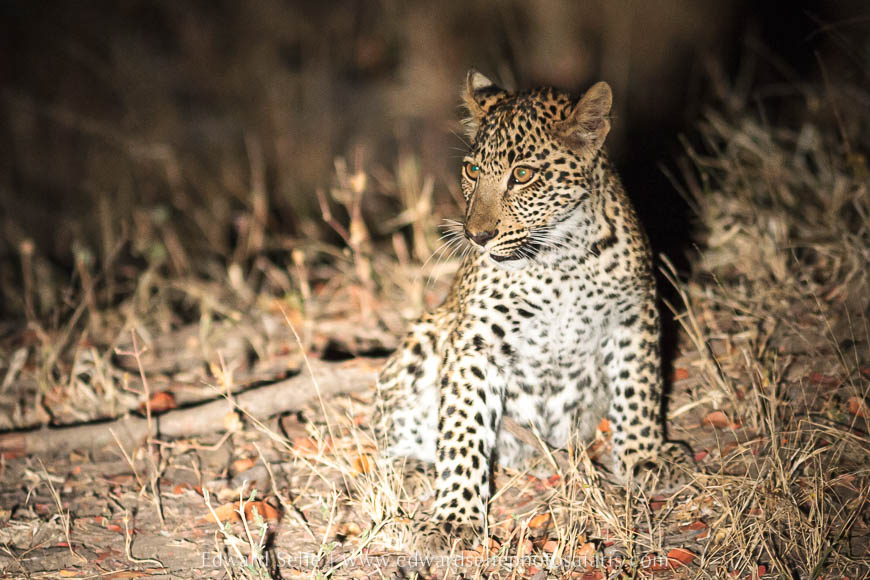
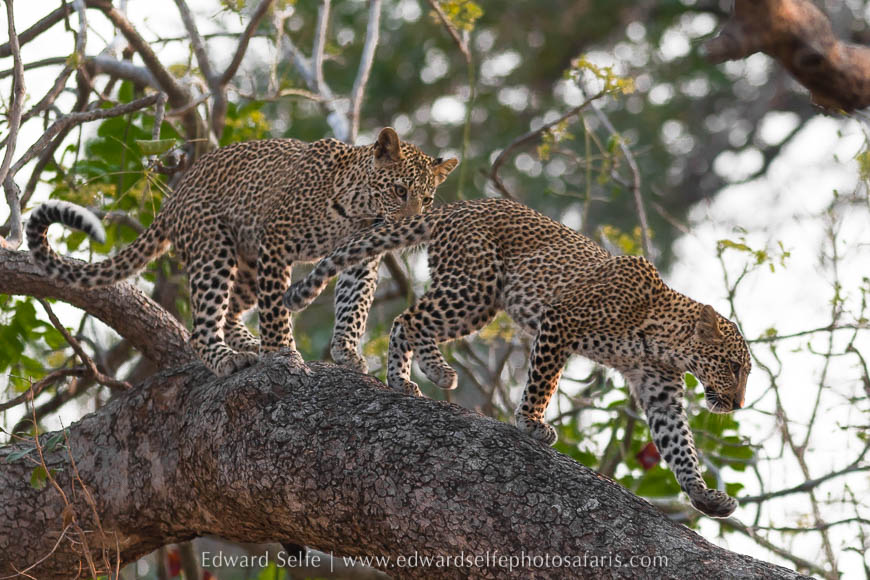
We watched the two youngsters grow into young adults and increasingly saw them separately from Alice. As expected though, they would sometimes join her on a large kill for food handouts!
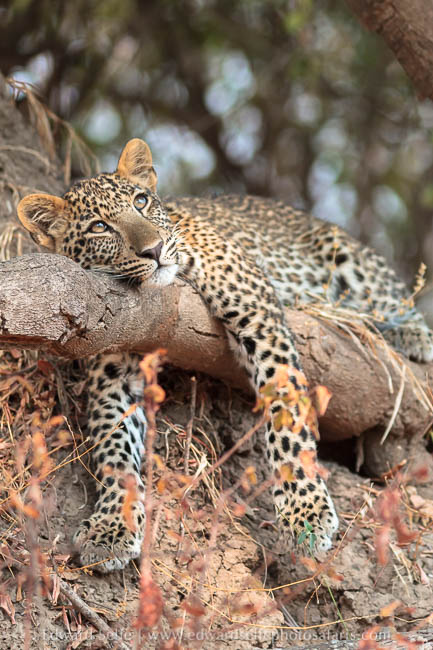
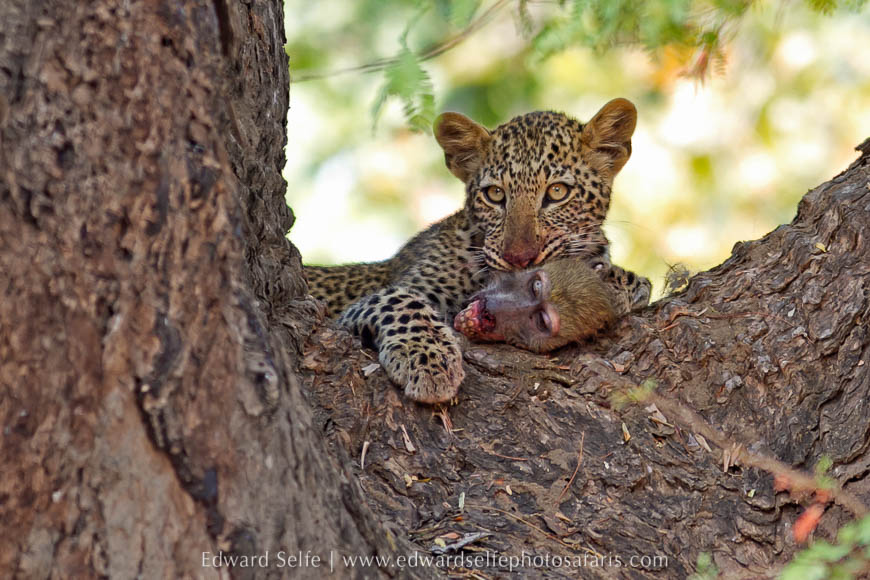
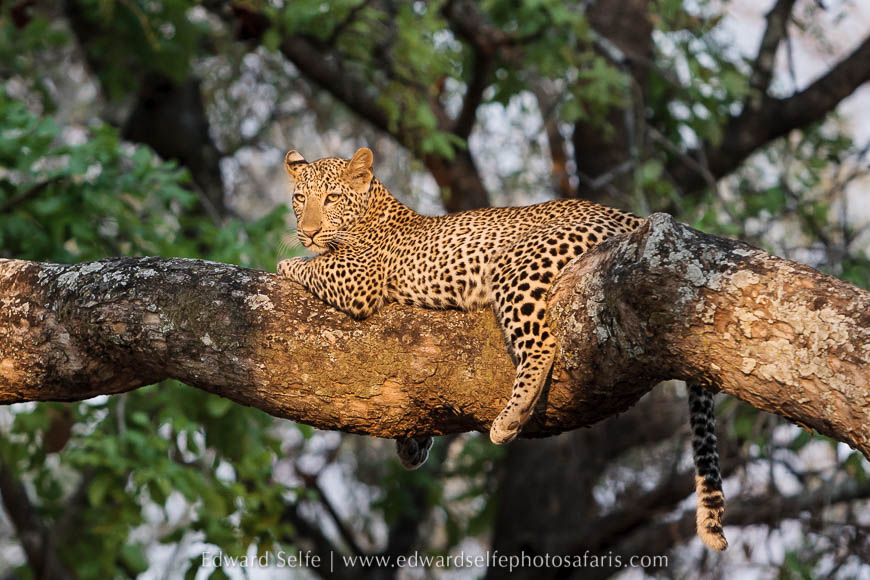
Alice continued to support the pair regularly, but required them to become increasingly independent. One morning, Alice was feeding on a kill, Lucy approached and was quickly seen off by her mother. Lucy’s displeasure was clear!
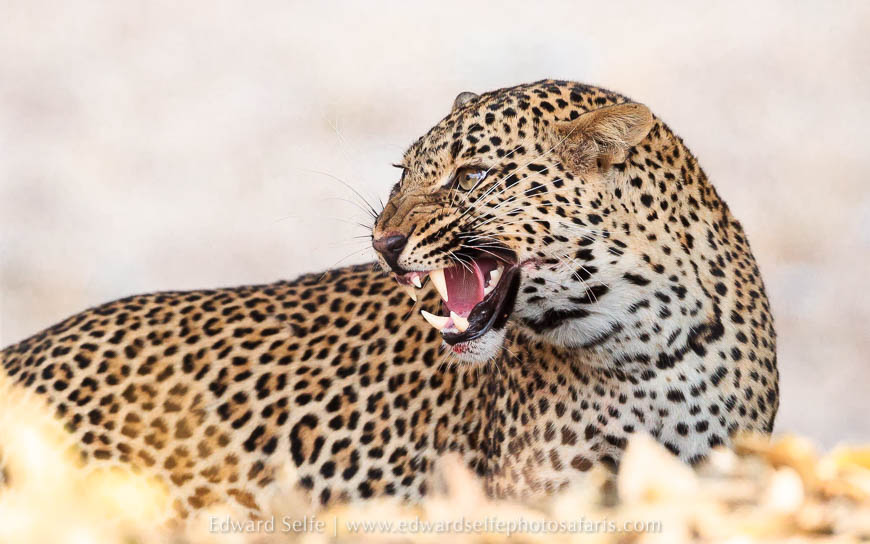
On another occasion, both youngsters approached their mother when she was feeding on a carcass in a leadwood tree and Alice decided to move off. Whether this was to avoid a confrontation, or because she was willing to share, I don’t know.
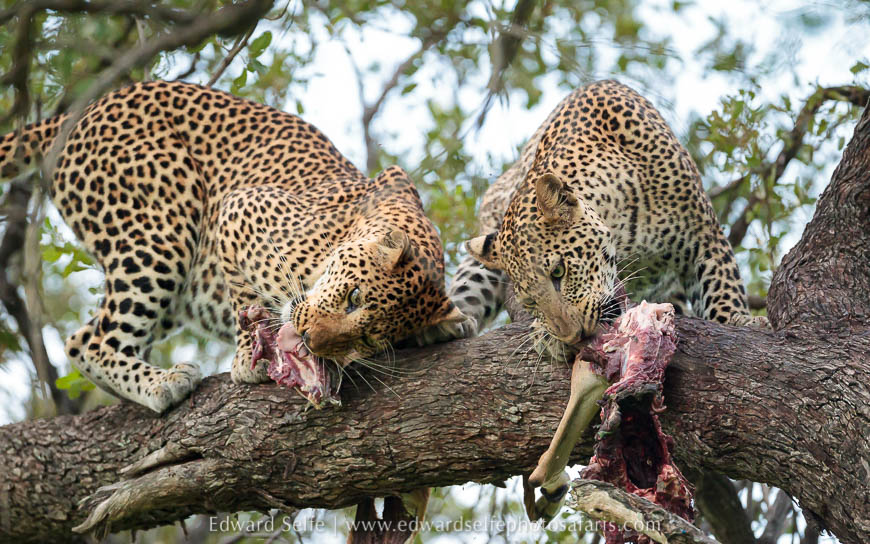
Towards the end of 2013, Alice was rarely seen with David and Lucy. She moved out from her traditional hunting area and was increasingly found slightly further from the river. It wasn’t clear if she was vacating her territory for Lucy to take over, or whether she was avoiding the scavenging cubs. But it was also coming towards the time when she should be mating again and that was likely to be part of her decision.
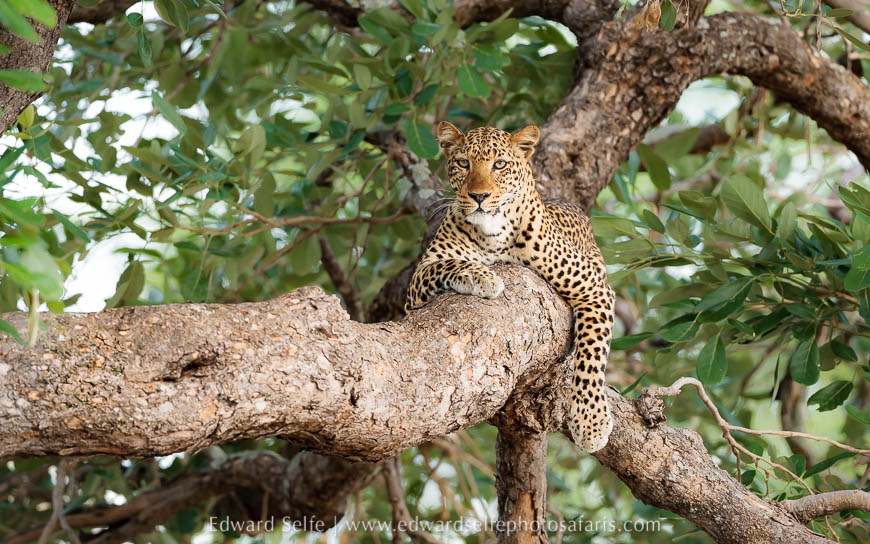
Early in 2014, I found Lucy apparently hunting a giraffe! She spent more than an hour stalking it and trying to get close, before chasing it in a playful way. Being so tall, the giraffe was more than aware of her approaches so appeared to be playing along with it!
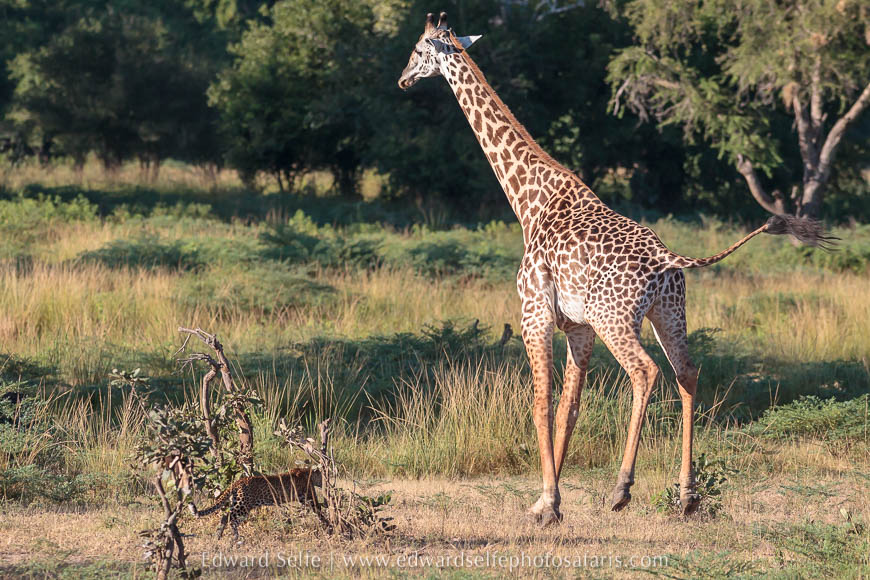
In May 2014, I saw Alice with new cubs! Just as before, there were two but unusually, the first time I saw them, David was with Alice as well; 4 leopards in one spot! There is no absolute rule about when leopards leave their mother’s side, but generally there should not be much interaction between young cubs and the mother’s previous litter, especially not a male!
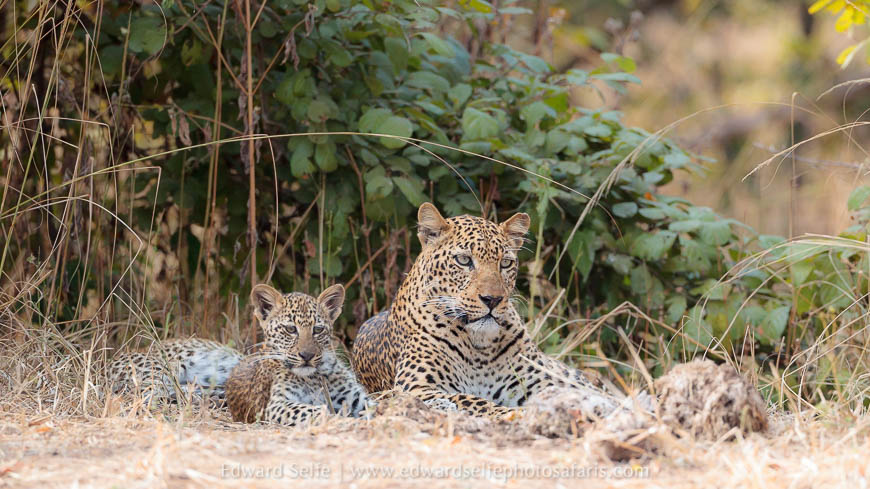
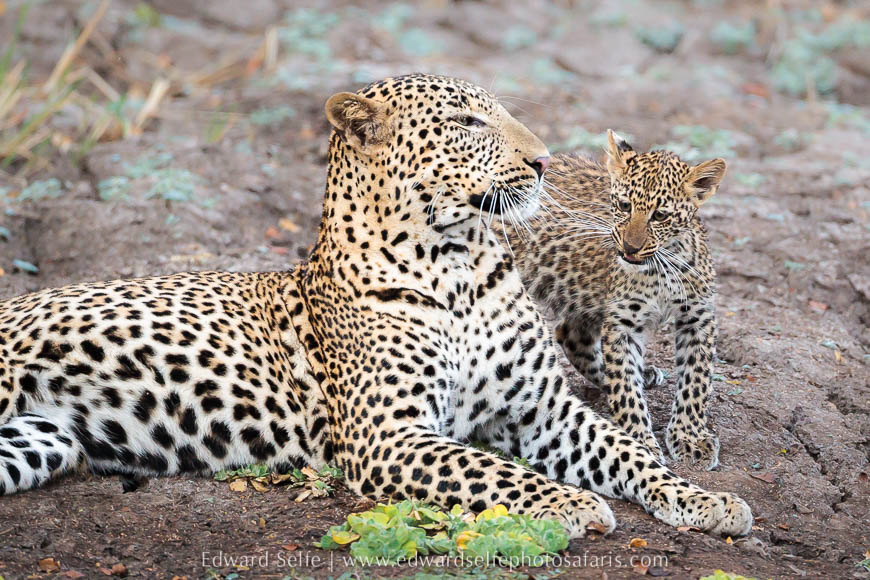
During 2014, I didn’t see Lucy with Alice anymore and David was increasingly independent. The two young cubs grew up well and we enjoyed lots of sightings of the 3 of them together.
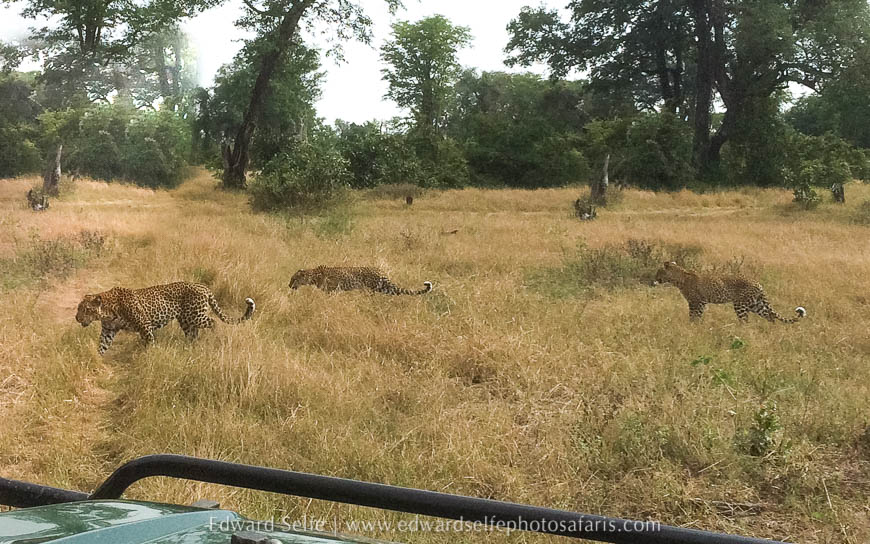
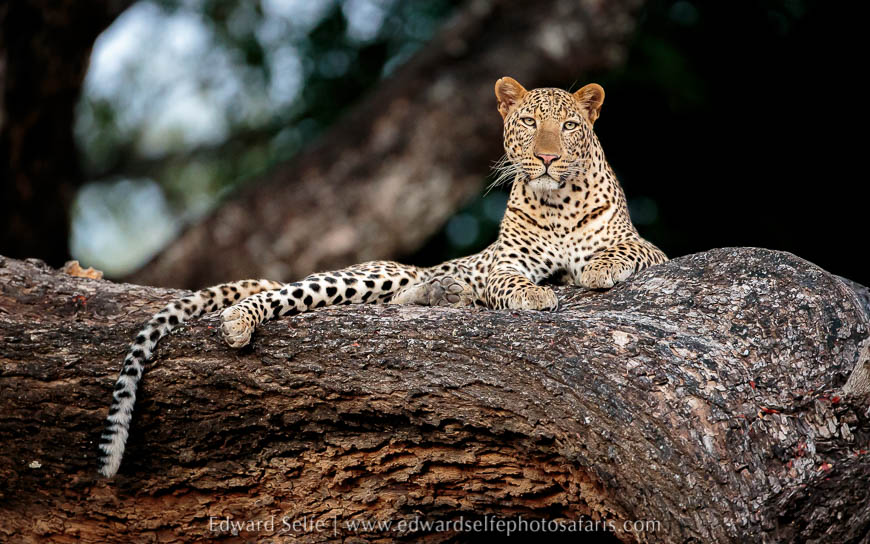
In 2015, we started to see the decline of Alice. By this time she was an old cat. Quite how old it was hard to know, but I once guided someone who told me that he had seen a young leopard go under his vehicle 2001. This had happened in Alice’s core territory so I wondered if it was her, which would make her 15-16 years old in 2015. By October, her coat began to get coarse and ungroomed and she opted for smaller and easier prey. The last time I saw her, she was muddy, injured and carrying a cat-fish which are not traditional food for leopards in Luangwa. All these point to a cat at the end of her life. I was sad that the last photo I took of her was not more reflective of the life she had lived, showing her at her best, but I am glad that this image gives me an idea of what happened to her and the probable cause of her death.

But, of course, this is not the end of the story. Alice’s legacy lives on in Lucy, David, her 2014 litter and also in all the cubs that she had before I knew her. Early in 2016, I saw Lucy – distinctive because of a fold in the top of her left ear – with a cub. The cub was nervous, perhaps reflecting Lucy’s anxiety as a first time mother, but we had some excellent sightings of the two of them in 2016.
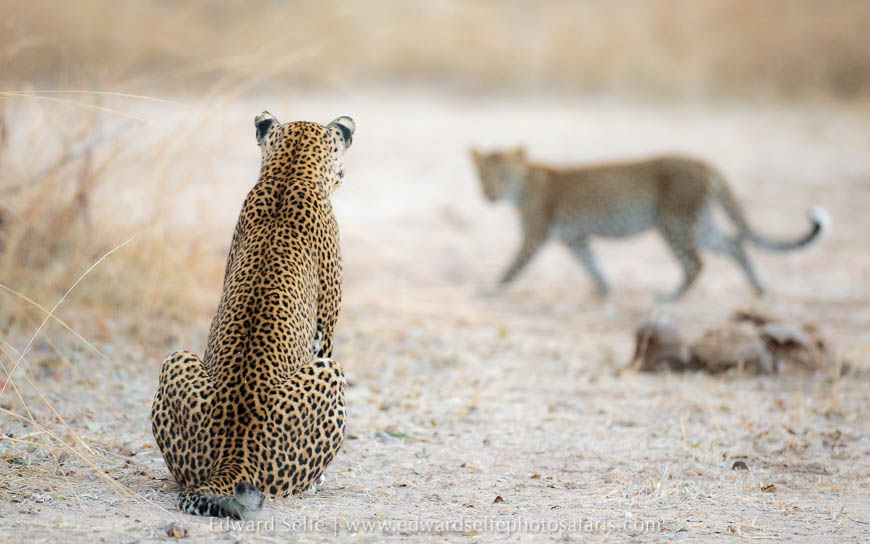
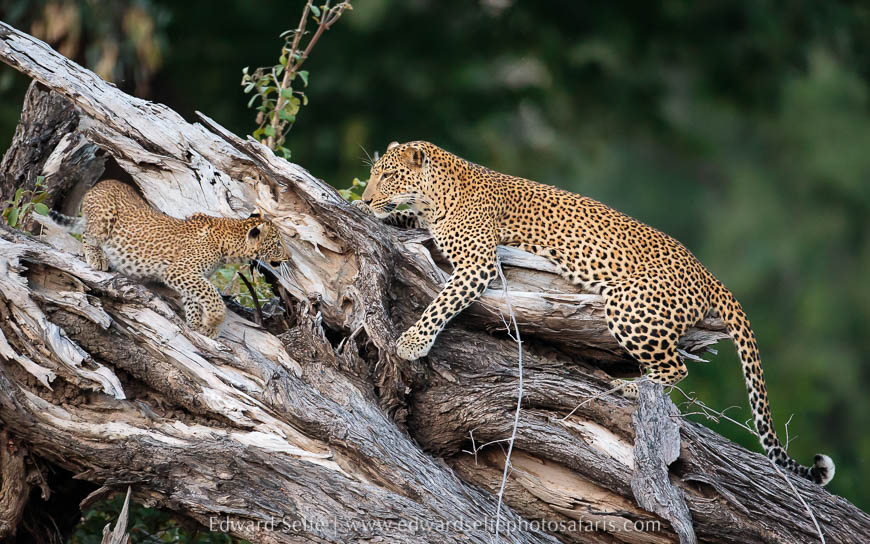
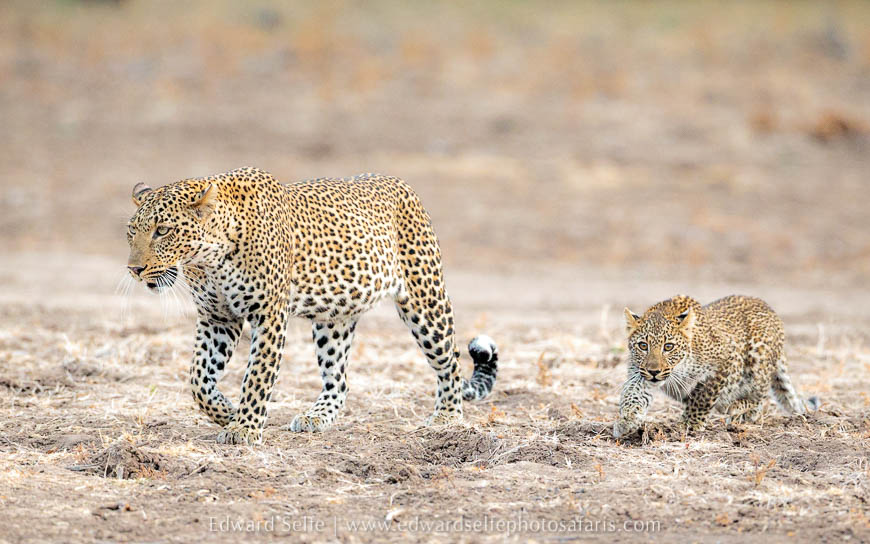
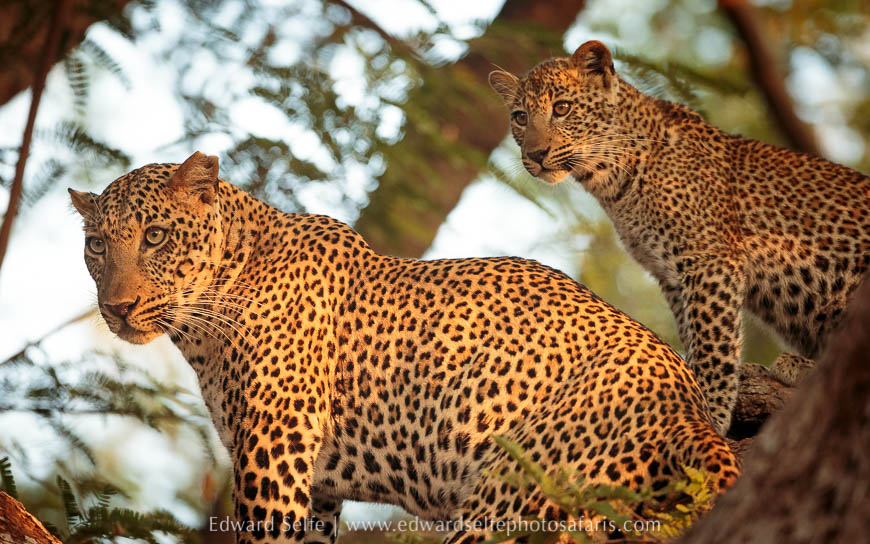
Lucy even carries on Alice’s preferred technique of hunting antelope by using the Valley’s many drainage gullies to get among the herds without being spotted.
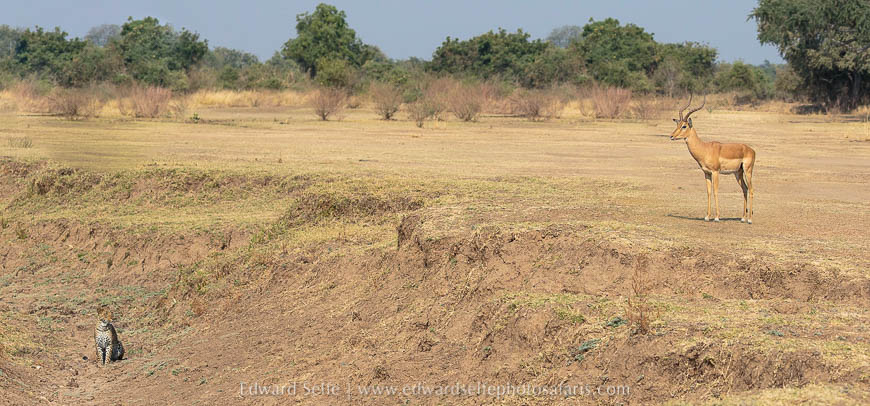
Lucy’s 2016 cub survived and thrived, though it was during a time when I spent little time guiding in her territorial area so I didn’t have a chance to document much of this period. However, from spot markings, I was very pleased to recognise her again recently close to her mother’s area.
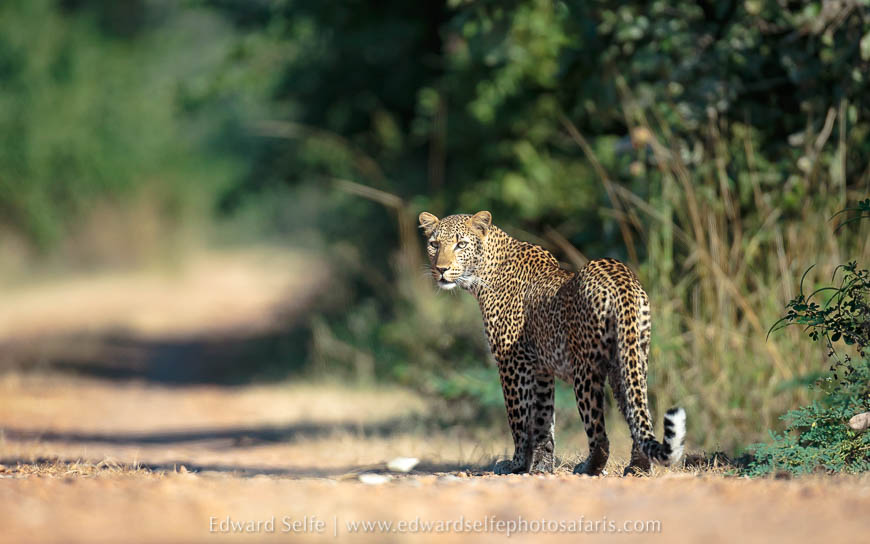
Once her 2016 cub had left, I don’t know whether Lucy had another litter in 2018, or whether she did but they didn’t survive. Lucy was still seen regularly in her favourite haunts, thrilling visitors and photographers with her nonchalant attitude towards vehicles. By this time, she was 6 years old and in the prime of her life, giving us all an insight into the range, movements, habits and behaviours of an adult leopard.
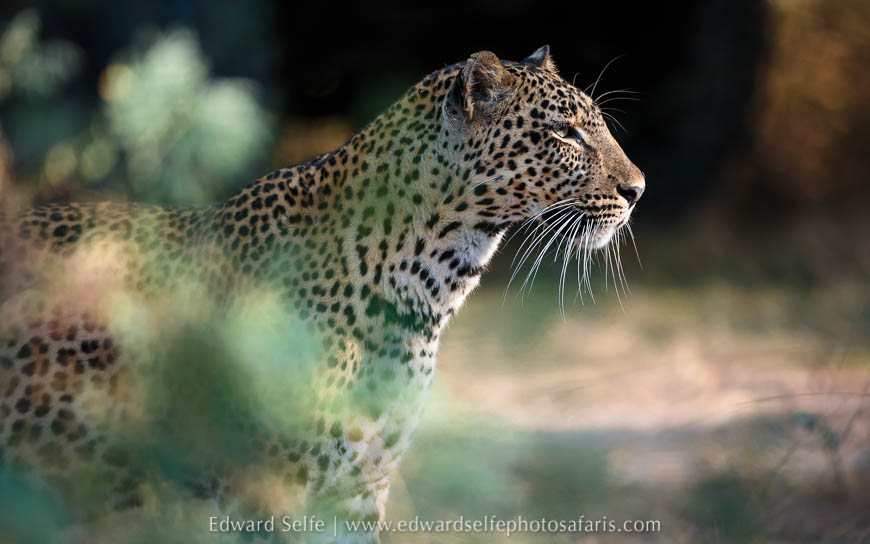
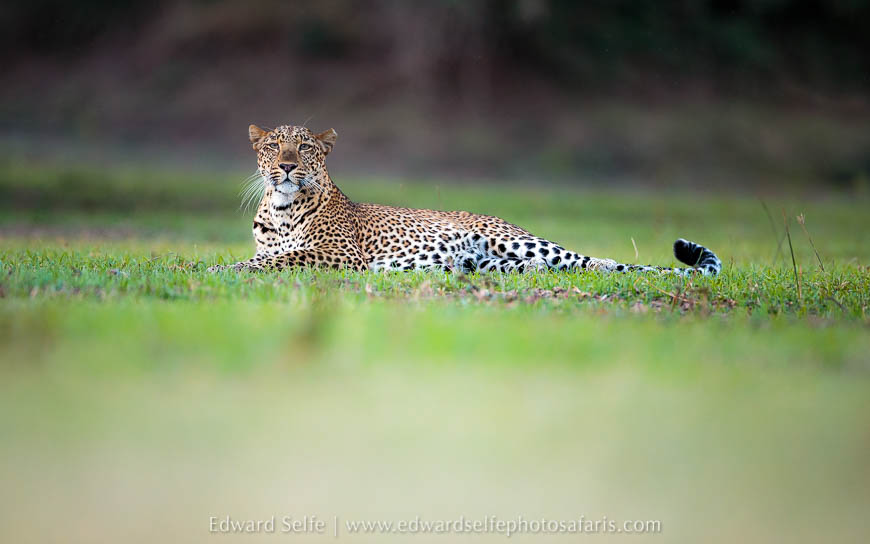
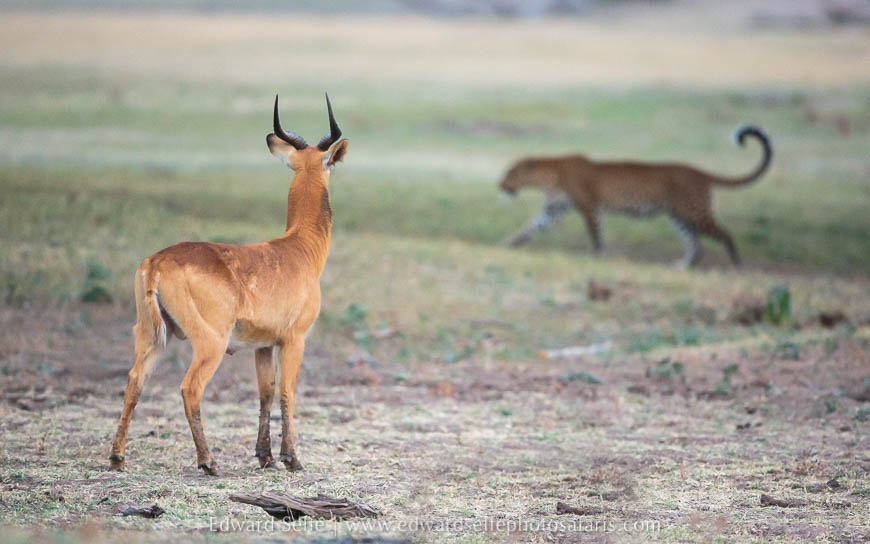
Meanwhile, David had moved out of the area and I hadn’t seen him for a long time. This is a tough time for them as they live nomadically, trying to find a territory of their own. One day in late 2015, I was driving one of the roads in the interior of the park and spotted a male leopard under a bush. Warning my guests that leopards in that area were likely to be shy, especially males, we approached very carefully. To my surprise, he didn’t move off and, as I got closer, I recognised David, some 20kms from his birth area! It was so good to see him and know that he had survived. He was much larger than I had seen him before and looked to be strong and in great condition. Sadly I didn’t have my camera as it would have been great to get a record of his development.
However, he has recently moved closer to the river and set himself up in a prime territory around Kaingo Camp, an area where I run many of my safaris. It’s great to see him regularly and he’s grown into a large and impressive leopard.
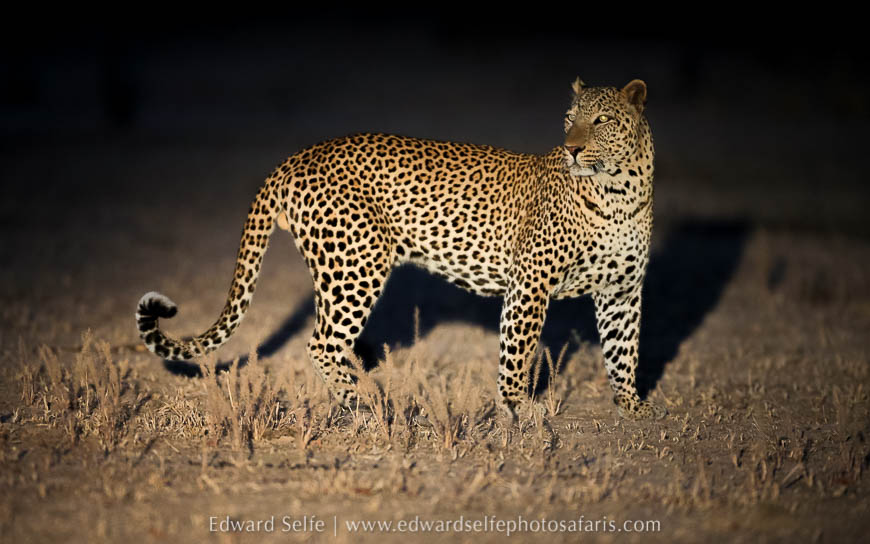
In 2020, we have a very unusual situation of a park with no visitors. This means that I am doing my own solitary game drives in the central area of the park once more, so I am spending time with Lucy once again. Sometime in mid-2019, she had a new litter of cubs (a male and a female) which she has been successfully raising. I have had some very special encounters with this family over the last few months.
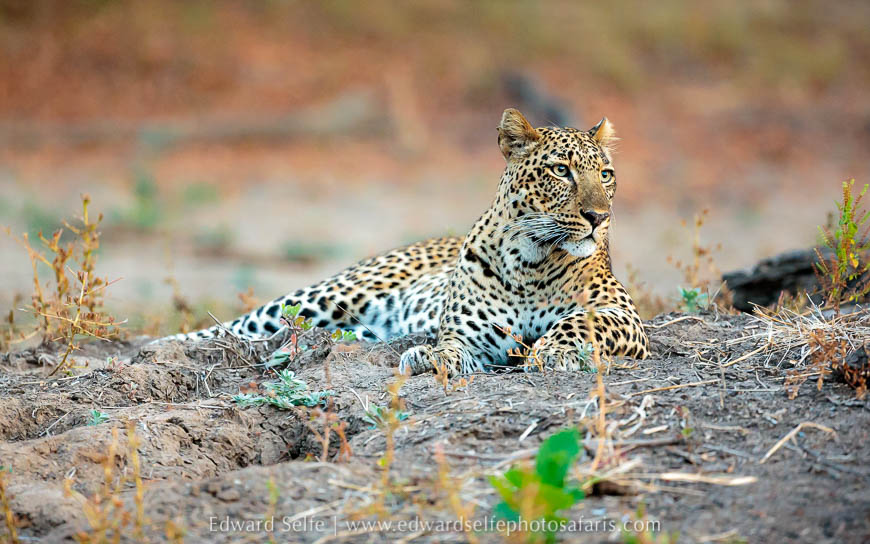
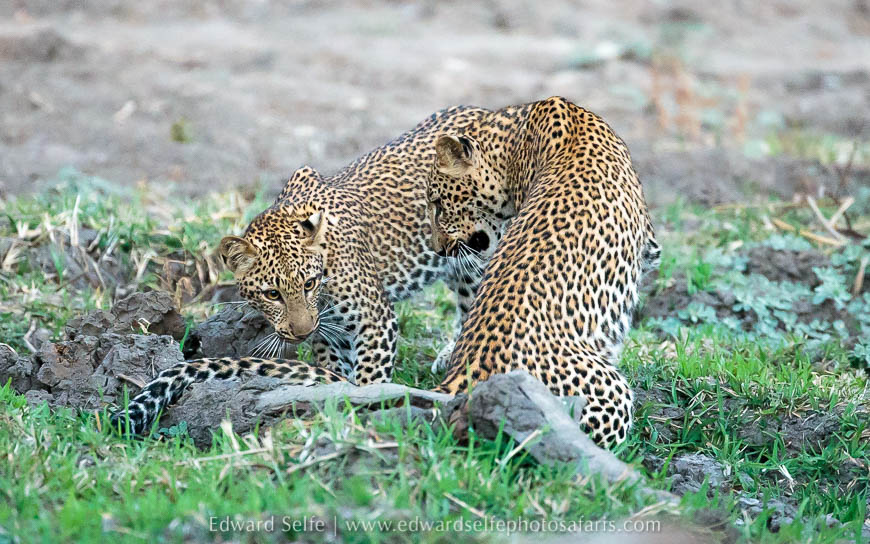
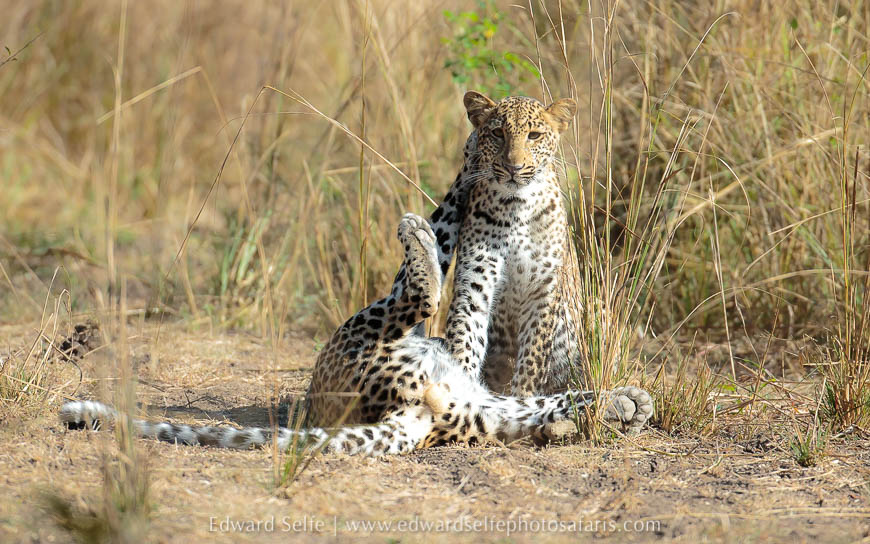
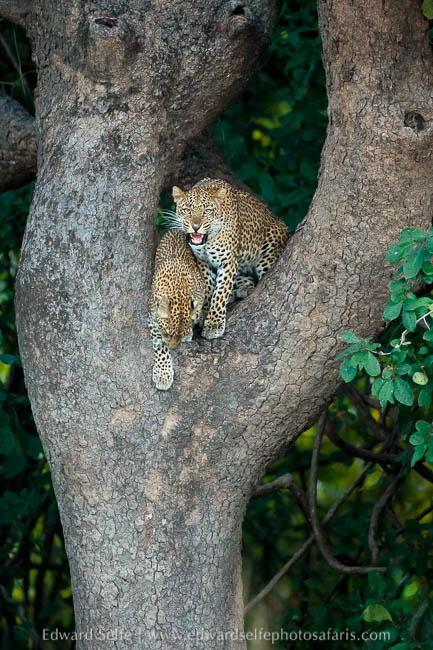
It has been a remarkable privilege to know Alice and her dynasty over the last 11 years. I have learned so much from them about tracking, observing, reading the bush and working with leopards which has set me up well for finding and enjoying leopards in all the areas where I work. Being here in Luangwa this year, when almost no one else can be, has reminded me once more that these animals are here because they always have been, not because they are here for us, which is a very happy thought in a world which is largely human-made. Long may Luangwa be known as the Valley of the leopard.

